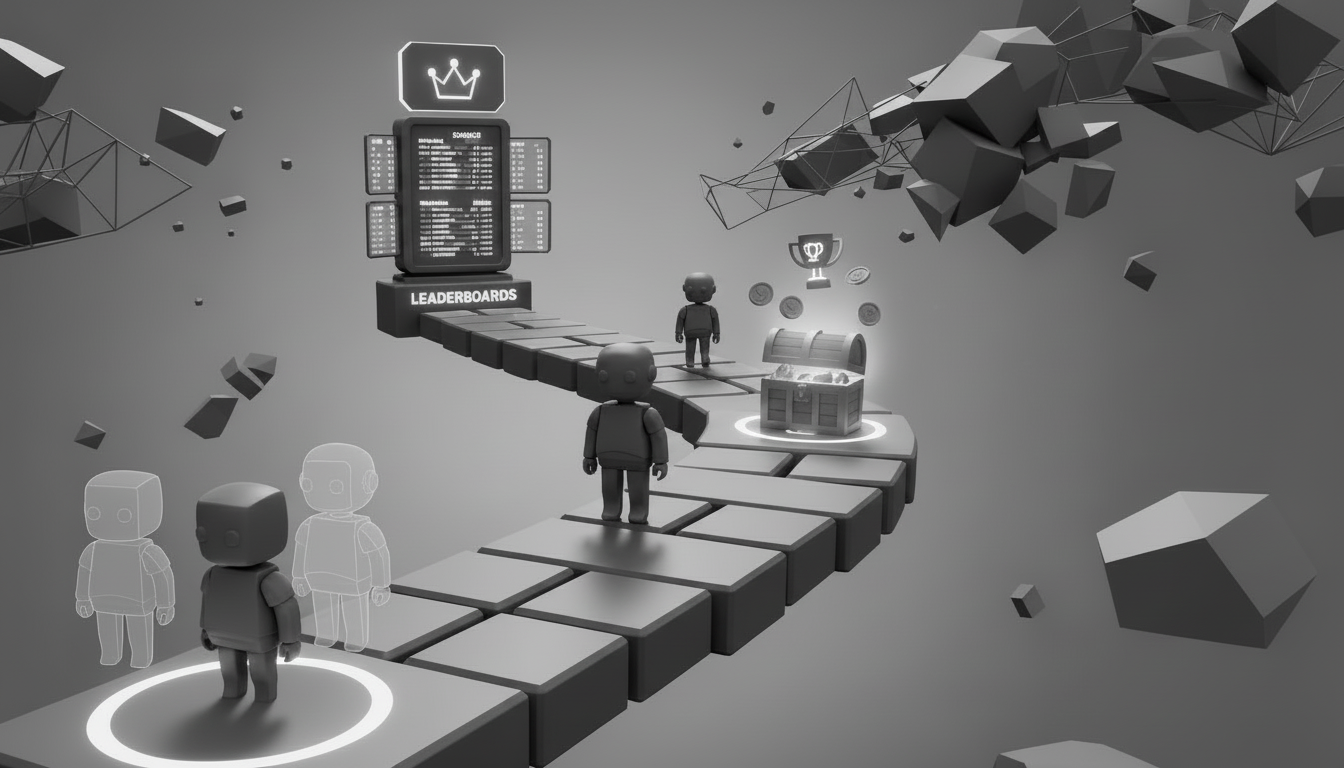
Sucess Strategies: 4 key practices for successful new hire training

According to a Mcquaig study, more than 54% of new employees say they are very productive after following a gamified training program. It is for this reason that many companies are adopting gamification strategies, in particular by gamifying their onboarding. While onboarding is a highly effective means of training, it must be properly prepared to maximize the results.
Here are 4 best practices for making the most of your gamified new hire training.
1. The guideline: the key for a well-structured program
When setting up training or onboarding, whether gamified or not, the first step is to clearly define your objectives. In the context of onboarding, you may have different objectives which should be classified and categorized by priority. Through your new hire program, you may include:
- Product training
- Integration with other employees
- Familiarization with the company’s culture, values, mission, etc.
Defining your objectives is essential, as they will set the tone for your project and pronounce a clear direction for both you and your new employees. It is an effective way to measure the success of your employee new hire program.

Based on the objectives, you will have a clear roadmap to determine the content that goes in. Finding the right balance between information overload and information underload is essential to avoid information overload, a phenomenon that can undermine effective learning. Balanced onboarding and training content allows you to:
- prevent cognitive overload
- improve retention
- increase engagement
How do you balance your content?
- Identify the key objectives: As mentioned earlier, define the objectives that will determine the content.
- Use chunking techniques and segment your onboarding: Organizing information into small units or “chunks” and creating several chapters for your onboarding program helps to facilitate cognitive processing. This approach gives your new hires the time they need to digest and integrate each piece of information while avoiding information overload.
- Provide complementary resources: Instead of overloading the main course, offer optional resources for those who wish to delve deeper into certain subjects.
If you’re interested in gamified new hire training, contact our team of experts to book a demo!
2. Use onboarding to strengthen cohesion and commitment

Onboarding is one of the first points of contact that new employees have with the company. Use this tool for training and to pass on the company’s values, but also as a way of encouraging social interaction.
Collaborative learning boosts commitment and information retention among new hires by actively involving them in their learning process and quickly establishes social connections from the start of their integration. Collaborative learning creates a collaborative and supportive working environment, where new employees feel valued and connected to their new team. It will also ensure that they work in a dynamic and communicative environment.
There are many ways to bring about collaborative learning, and one of them will be speed gaming, which utilizes a collaborative method. Both new and existing employees can rely on each other to solve various puzzles. This type of collaborative format is ideal for breaking the ice and establishing initial contact among employees.
3. The importance of design and user experience
For a virtual onboarding experience, visual communication is not a step you can afford to skip. Therefore, conceptualizing the visual elements and design is as important as creating learning content. A good design should be simple and intuitive, user-friendly and effortless for new employees to navigate. The user interface should be uncluttered and organized, avoiding any visual overload that might distract or discourage the learner. Take this opportunity to immerse and familiarize your new hires with your brand identity, history, and values.
The aesthetic aspect of training material captivates the attention of employees. Interactive features encourage engagement and active participation, which is essential for retaining and understanding the content, thereby offering a dynamic learning experience.
4. Measurement and feedback: evaluate to improve
Measuring and analyzing results are fundamental aspects of a successful gamified new hire training, serving not only to evaluate its effectiveness but also to drive continuous improvement. By defining key performance indicators from the outset, companies can gather valuable insights into both achievement and areas requiring enhancement. Subsequently, it is imperative to tailor and refine the onboarding experience to align with the specific needs of new hires. Furthermore, regularly updating the content based on feedback and evolving business dynamics ensures the program’s ongoing relevance, providing smoother integration of employees into the company’s culture and workflows.
Discover


Book A Demo
Get a personalized demonstration by one of our game design experts.


